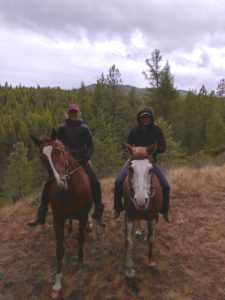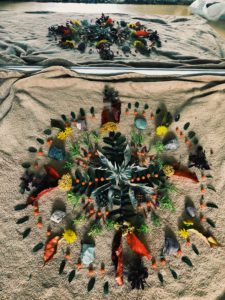0644E183-F21F-4B6D-9F29-DDC9DF26FFC9
(A video of Miss Mackie and I looking down on the beautiful Cranbrook BC and surrounding area! Standing atop Lakit Lookout also know as Naⱡlmuqȼin’s back)
I am learning to call Cranbrook home and through those findings, I am developing a sense of place here. Through this course, I have begun to understand developing a sense place means developing a sense of your surroundings and the histories there; as well as understanding the impact you have on your place and influence on your surroundings. On the Sunshine Coast where I grew up, we often didn’t learn about the local first peoples ways of life. What I do recall from school, was being told, “well we are technically on the land of the Squamish Nation, but the Sechelt Nation is closer so we will base our learning on that”. Even grade ceremonies were represented by the Sechelt Nation. Looking back, this was such a poor representation of the place we were living in. Not that we learned a lot about the Sechelt Nation, but we learned it wasn’t relevant to where we lived! Sorry for the rant but it made me almost frustrated to think about. It is refreshing and comforting to know the Ktunaxa have an important role in the Cranbrook community. Their name and presence is constantly surrounding us. In our program, we are fortunate enough to be introduced to many Ktunaxa community members, sometimes weekly, and really immersed into their stories, beliefs, and memories. The Ktunaxa creation story is beautiful. It gives meaning and history to the entity of the east kootenays. The Ktunaxa creation story sees no borders, no ownership of the land, and no limits. Our eurocentric views that everything needs to be justified by scientific evidence blurs our ability to indulge in the mythical, the perplexing, and the surreal. I believe encouraging this idea of being open minded to different peoples perspectives is valuable to the own health of our mind and body. I grew up in a very “nonreligious” family, but I wouldn’t say we were atheists either. I enjoy hearing stories like the creation story and Adam and Eve. I also enjoy hearing about all the different gods people from India believe in and the theories of Buddists. I believe not being attached to any one of these stories has allowed me to be more understanding and embracing of all of them. I believe it is important to allow students a chance to hear a variety of creation stories and belief systems. By doing this, we are allowing them to be imaginative and creative. We are showing them there is no one right answer to who we are and where we come from. It also gives students an understanding of their sense of place and an understanding that the world around is not linear. Not all believe in the same ideals, and that is okay. As a teacher, I want to let go of my eurocentric views (some I am probably not even aware of), advocate for my students to do the same, and together develop a better understanding of the perspectives surrounding us in order to better understand the place we call home.
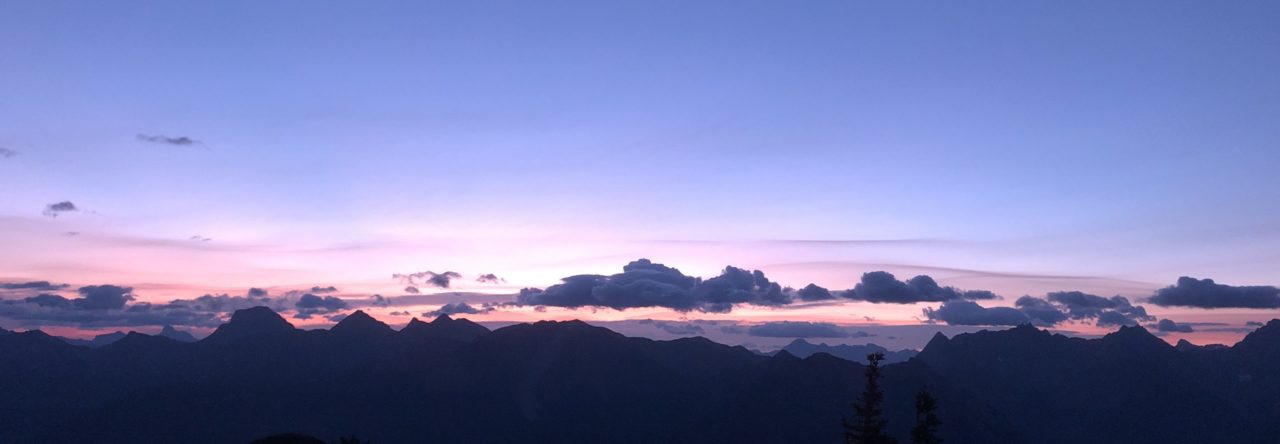
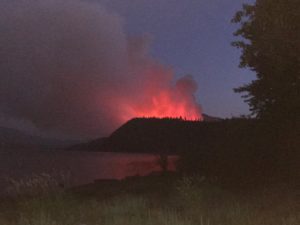
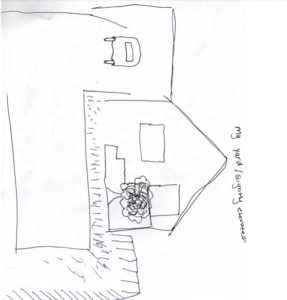
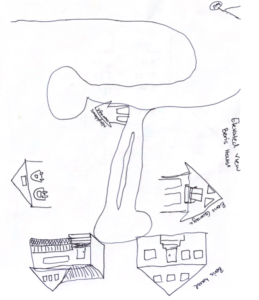
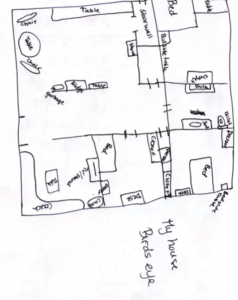
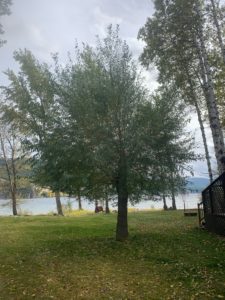
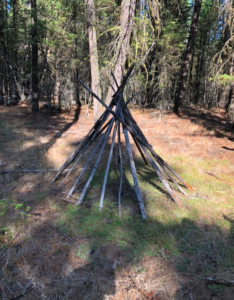 On a walk through a new area and new place today I tried observing the various roots throughout my walk; trees, shrubs, grass, flowers, those little brown, fuzzy, flower things found in the Cranbrook area. I also noticed the buildings in the area. Maybe they didn’t have roots, but they were grounded, sturdy, and seemingly invincible. One of my favourite things about trees is how tall and strong they can grow. It seems magical sometimes, how tall the trees can grow without falling over. I wonder how deep the roots go of those tall and sturdy trees? I wonder how the trees stand when the roots seemingly run along the top of the ground? I wonder if under all that dirt the hundreds of tree roots are intertwined and grown together? When language like “feeling routed” is used, I think of feeling safe, grounded, and content in the space and moment I am in. In comparison, when I hear “branching out” I think of trying something new or going a different direction than normal.
On a walk through a new area and new place today I tried observing the various roots throughout my walk; trees, shrubs, grass, flowers, those little brown, fuzzy, flower things found in the Cranbrook area. I also noticed the buildings in the area. Maybe they didn’t have roots, but they were grounded, sturdy, and seemingly invincible. One of my favourite things about trees is how tall and strong they can grow. It seems magical sometimes, how tall the trees can grow without falling over. I wonder how deep the roots go of those tall and sturdy trees? I wonder how the trees stand when the roots seemingly run along the top of the ground? I wonder if under all that dirt the hundreds of tree roots are intertwined and grown together? When language like “feeling routed” is used, I think of feeling safe, grounded, and content in the space and moment I am in. In comparison, when I hear “branching out” I think of trying something new or going a different direction than normal.